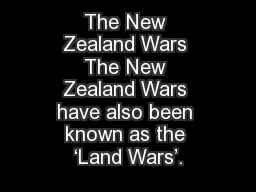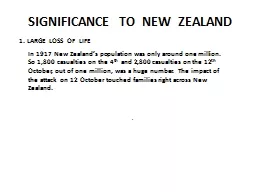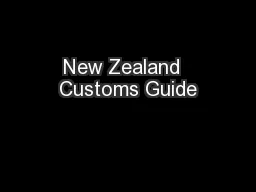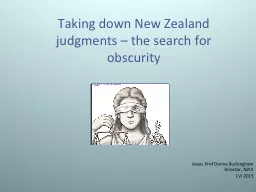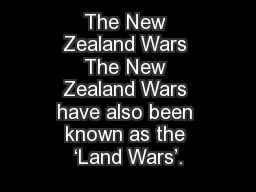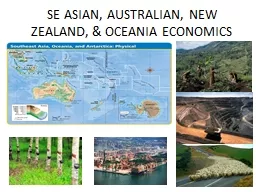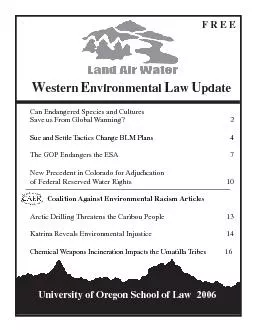PPT-The New Zealand Wars The New Zealand Wars have also been known as the ‘Land Wars’.
Author : sherrill-nordquist | Published Date : 2018-10-21
They were a series of conflicts which occurred during the 1860s and 1870s between Maori and British settlersgovernment These conflicts primarily centred on the issue
Presentation Embed Code
Download Presentation
Download Presentation The PPT/PDF document "The New Zealand Wars The New Zealand War..." is the property of its rightful owner. Permission is granted to download and print the materials on this website for personal, non-commercial use only, and to display it on your personal computer provided you do not modify the materials and that you retain all copyright notices contained in the materials. By downloading content from our website, you accept the terms of this agreement.
The New Zealand Wars The New Zealand Wars have also been known as the ‘Land Wars’.: Transcript
Download Rules Of Document
"The New Zealand Wars The New Zealand Wars have also been known as the ‘Land Wars’."The content belongs to its owner. You may download and print it for personal use, without modification, and keep all copyright notices. By downloading, you agree to these terms.
Related Documents

